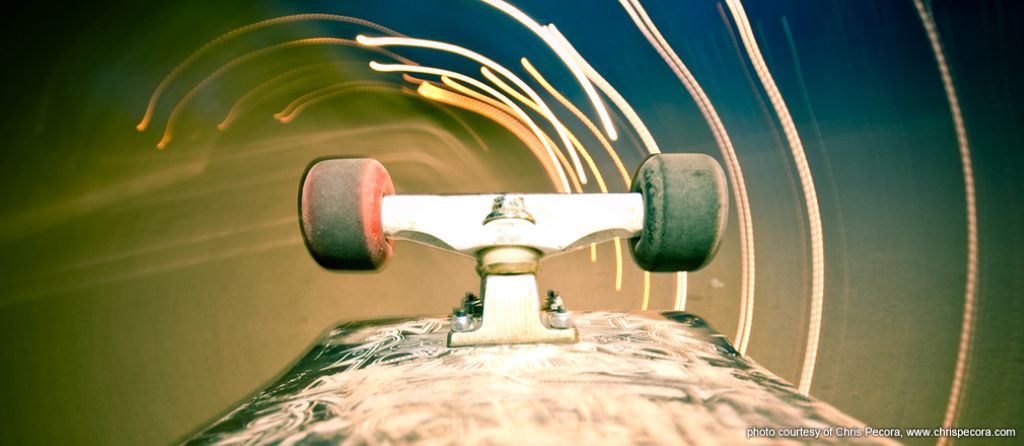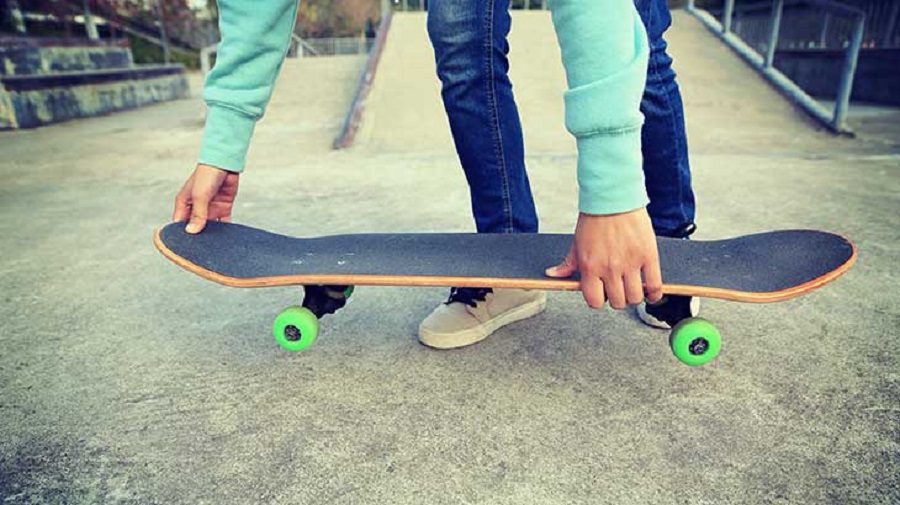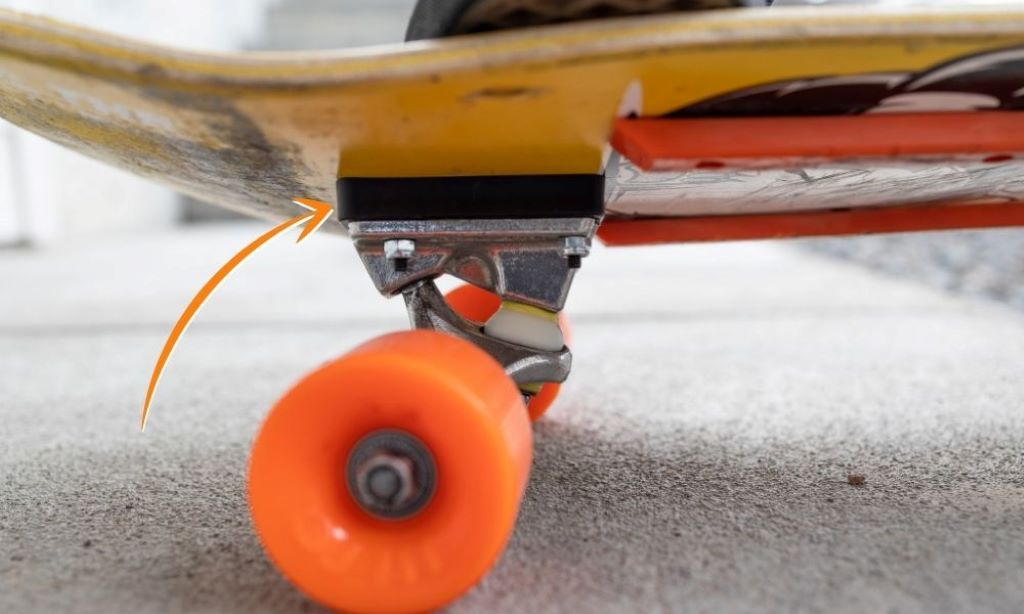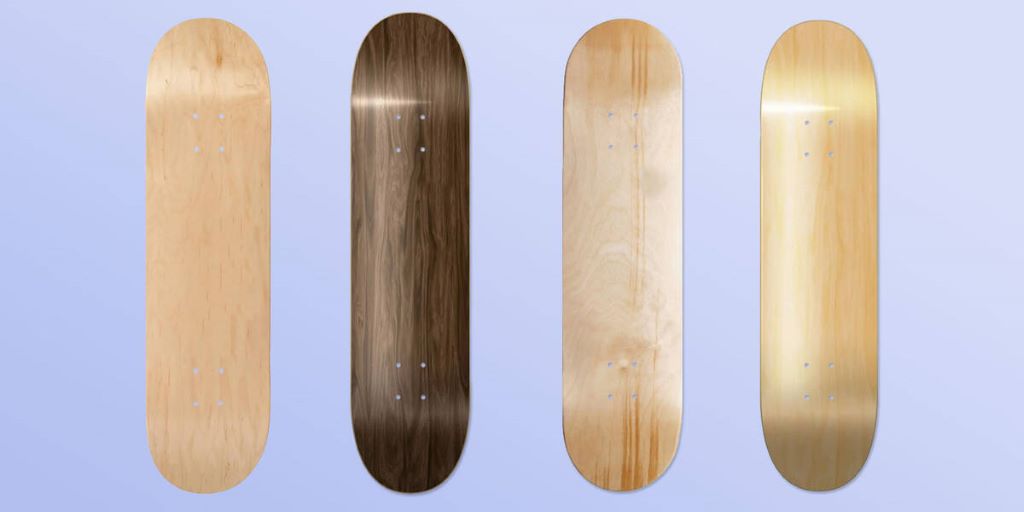Skateboarding isn’t just about tricks and style; it’s a symphony of physics, motion, and engineering. At the heart of this symphony are the unsung heroes: skateboard bearings. The science behind skateboard bearings is fascinating. These tiny components are responsible for converting a push or a downhill slope into smooth, flowing movement. Let’s delve into the science that makes them tick.
Science Behind Skateboard Bearings: Materials
The choice of materials significantly impacts bearing performance:
- Steel: The most common material due to its balance of durability and cost-effectiveness. Steel bearings are available in various grades, with higher grades offering better corrosion resistance and hardness.
- Ceramic: Prized for their low friction and lightweight properties, ceramic bearings can spin faster and require less maintenance. However, they come with a higher price tag.
- Hybrid: Combining steel races (the outer and inner rings) with ceramic balls offers a blend of performance and affordability.
The balls within the bearings are typically made of the same material as the races, but in some high-performance bearings, they might be a different material to optimize performance.
Science Behind Skateboard Bearings: Design
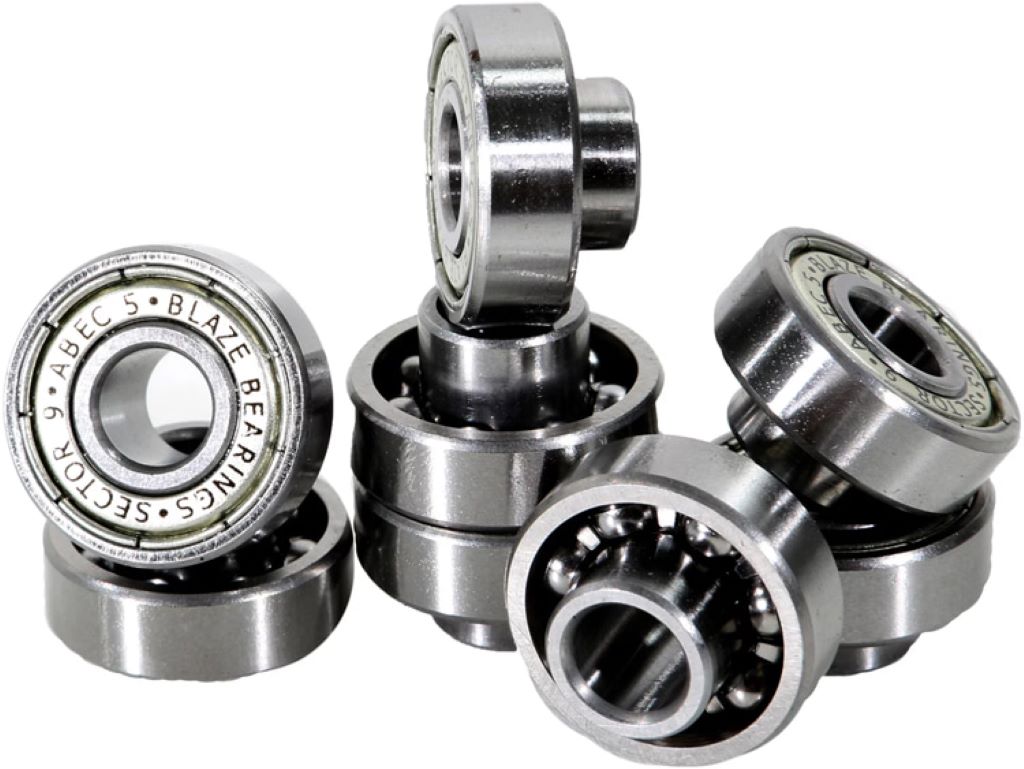
Skateboard bearings generally conform to the 608 standard, denoting their size and basic configuration. However, subtle design differences influence their performance:
- Ball Retainer: This component holds the balls in place and can be made of steel, nylon, or phenolic resin. Each material offers varying levels of friction and durability.
- Shields: Shields protect the bearings from dirt and debris, but they can also add friction. Some bearings have removable shields for cleaning and customization.
- Lubricant: The type and amount of lubricant are critical. Thin lubricants offer lower friction but require more frequent application. Thicker lubricants are longer-lasting but can slow down the bearings.
Science Behind Skateboard Bearings: Performance
The performance of skateboard bearings can be assessed using a few key metrics:
- ABEC Rating: This scale (1, 3, 5, 7, 9) was initially designed for industrial bearings but has been adopted by the skateboard industry. A higher ABEC rating generally indicates tighter tolerances and potentially faster spins under ideal conditions. However, it doesn’t guarantee performance in real-world skateboarding.
- Roll Time: A practical test involves spinning a wheel with bearings on a smooth surface and measuring how long it takes to stop. Longer roll times indicate lower friction.
- Noise: The sound a bearing makes can reveal its condition. Smooth, quiet bearings are typically in better shape than noisy ones.
Maintenance: The Key to Longevity
To keep skateboard bearings rolling smoothly, regular cleaning and lubrication are essential. Dirt, dust, and old lubricant can significantly hamper performance. Here’s a basic maintenance routine:
- Remove the shields: Carefully pry off the shields with a tool or your fingernails.
- Clean: Soak the bearings in a suitable solvent (isopropyl alcohol or bearing cleaner) and agitate them to remove dirt and old lubricant.
- Dry: Allow the bearings to dry completely. Compressed air can speed up this process.
- Lubricate: Apply a few drops of skateboard bearing lubricant to each bearing, ensuring even distribution.
- Reinstall: Reinstall the shields, ensuring they snap back into place securely.
related: The Ultimate Guide to Buying a Skateboard Deck Online: What to Look For and Avoid
The Future of Skateboard Bearings
As skateboard technology evolves, we can expect further innovations in bearing materials, design, and lubrication. Manufacturers are constantly exploring new ways to reduce friction, increase durability, and enhance the overall skateboarding experience.
Related: Top 5 Skateboard Wheels for Street Skating: Performance Tested
The Bottom Line
Skateboard bearings may be small, but they play a significant role in the performance and enjoyment of skateboarding. By understanding the science behind these tiny components, you can make informed choices about maintenance, upgrades, and ultimately, your ride. Happy skating!

